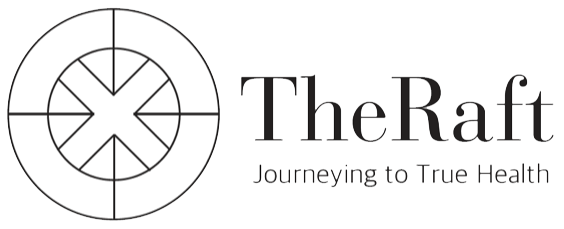In the world of vibrational cooking, one fundamental belief holds true: the energy and vitality of the food we eat directly influence our own energy and health. Raw and fresh ingredients are central to this philosophy. By choosing foods that are in their most natural, unprocessed state, we can tap into their highest vibrational frequencies, fostering physical, mental, and emotional well-being.
In this blog post, we’ll explore why raw and fresh ingredients are considered so powerful in the realm of vibrational cooking, and how you can incorporate them into your meals to elevate your health and energy.
Read more: The Power of Raw & Fresh Ingredients in Vibrational Cooking
“I think very differently, I believe there is always a way and that possibilities are endless... we thrive in nature-based environments... it’s time to do life differently.
Having been challenged with my own and patient health issues over the last 30 odd years, I recognised a long time ago, 3 key areas that we all experience:
Dr Tanya English and myself, Sandy B Simmons invite you to join us for this enlightening and uplifting session on Breathing, Breathwork and the Breath...
SANDY B SIMMONS
Sandy has been supporting patients since 1987. She is Founder & Educator of Simply Better Health Co since the late 1990's, Naturopath-Nutritionist, Biological Medicine, founder of 'Inspirit Energetics', and a Guardian of Nature… and now Founder of The Raft of LIfe.
Read more: Breathing to Iron Out the Creases - a conversation
An invaluable exploration for health:
. Why would you fast?
. When is the best time to fast?
. What benefit is there?
. Why therapeutic fasting is your ultimate goal!
And much more...
